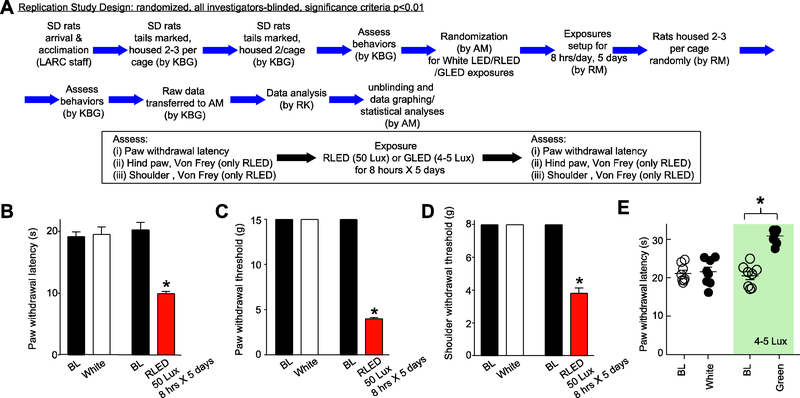Figure 10. Replication study: reproducing key behavioral experimental findings with rigorous preclinical trial design.
(A) Study design. The initials of the four experimenters involved in this study are indicated in parentheses. (B-D) Rats were exposed to RLED for 8 hours daily for 5 days at 50 Lux and behaviors were assessed. Paw withdrawal latencies (PWLs) (B), Paw withdrawal thresholds (PWTs) (C), and shoulder withdrawal thresholds (D) were significantly decreased compared to pre-RLED exposures (*p<0.01, Kruskal-Wallis test, n=8 per group). Notably the levels of hypersensitivities were similar to those reported in panels A-C of Fig. 2. White light had no effect. (E) Scatter plots of PWLs of male rats (n=8 per group) exposed to white (20 Lux) or green light (525 nanometers, 4–5 Lux [46]9, 47) for 8 hours daily for five days (*p<0.01, compared to baseline (BL; pre-LED exposure), Kruskal-Wallis test. This experiment was done in a ‘replication’ style design with randomizing, investigator-blinded, all data included and analysis and reporting matching the rigor of a clinical trial.

